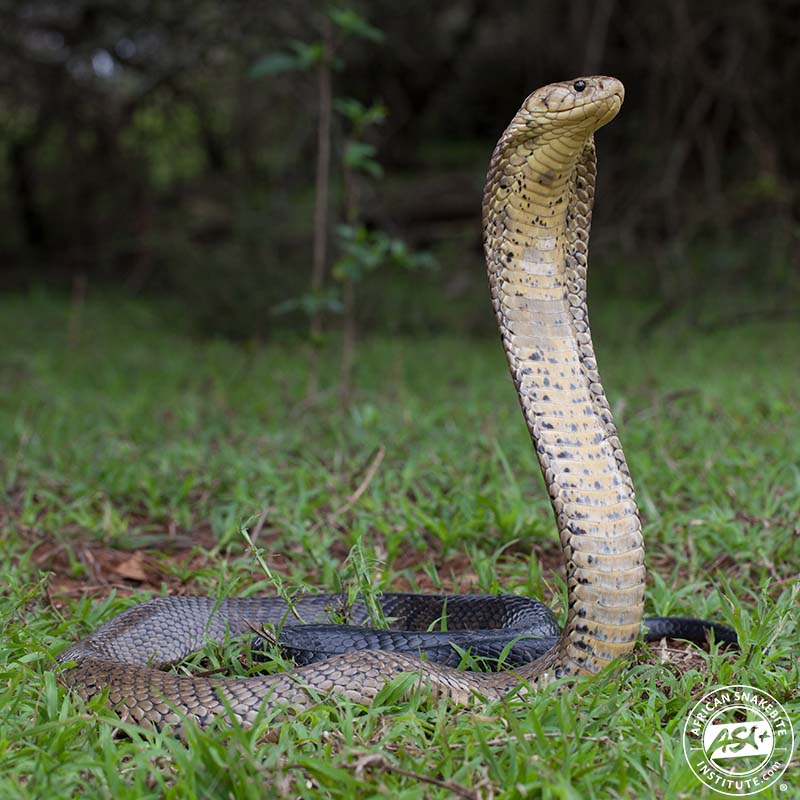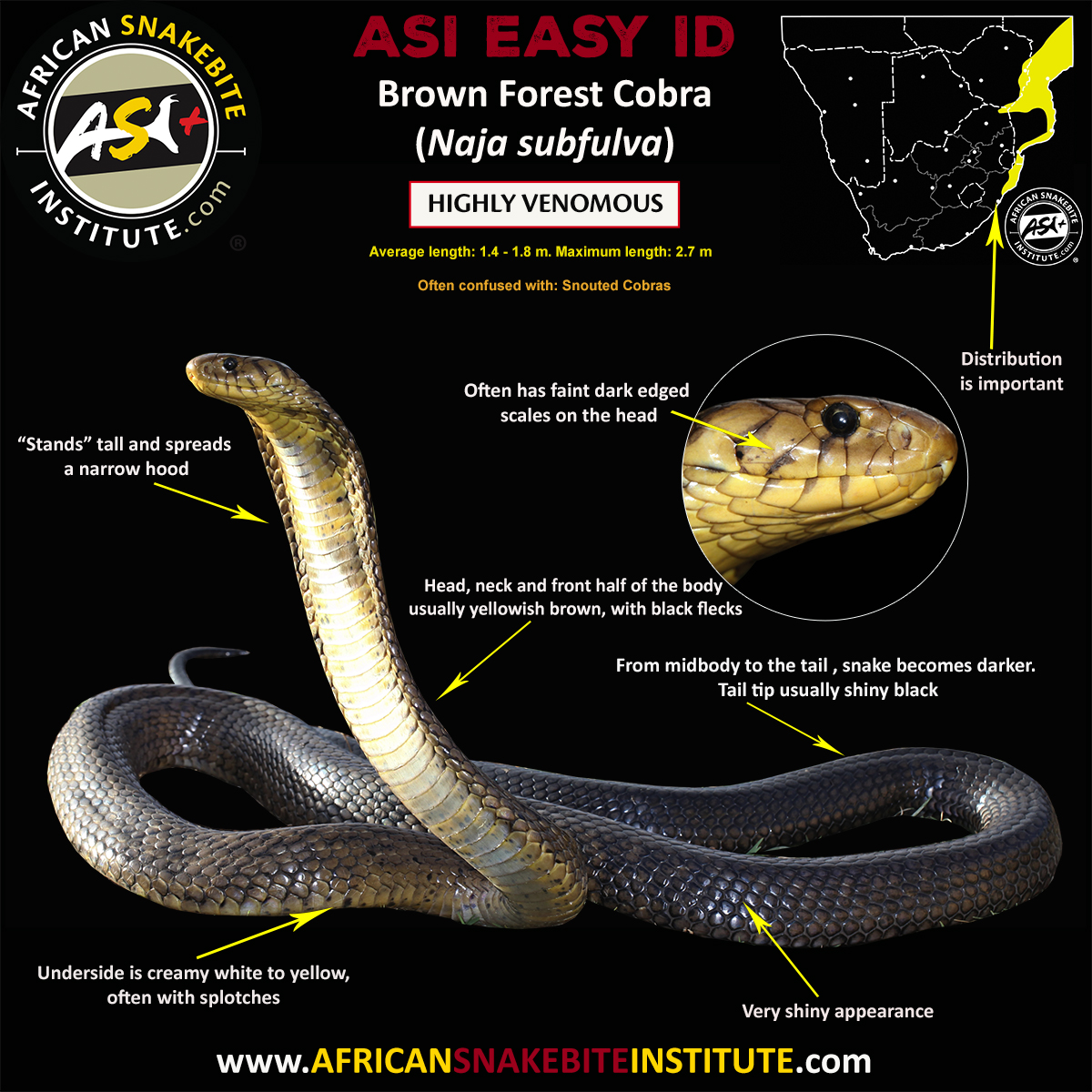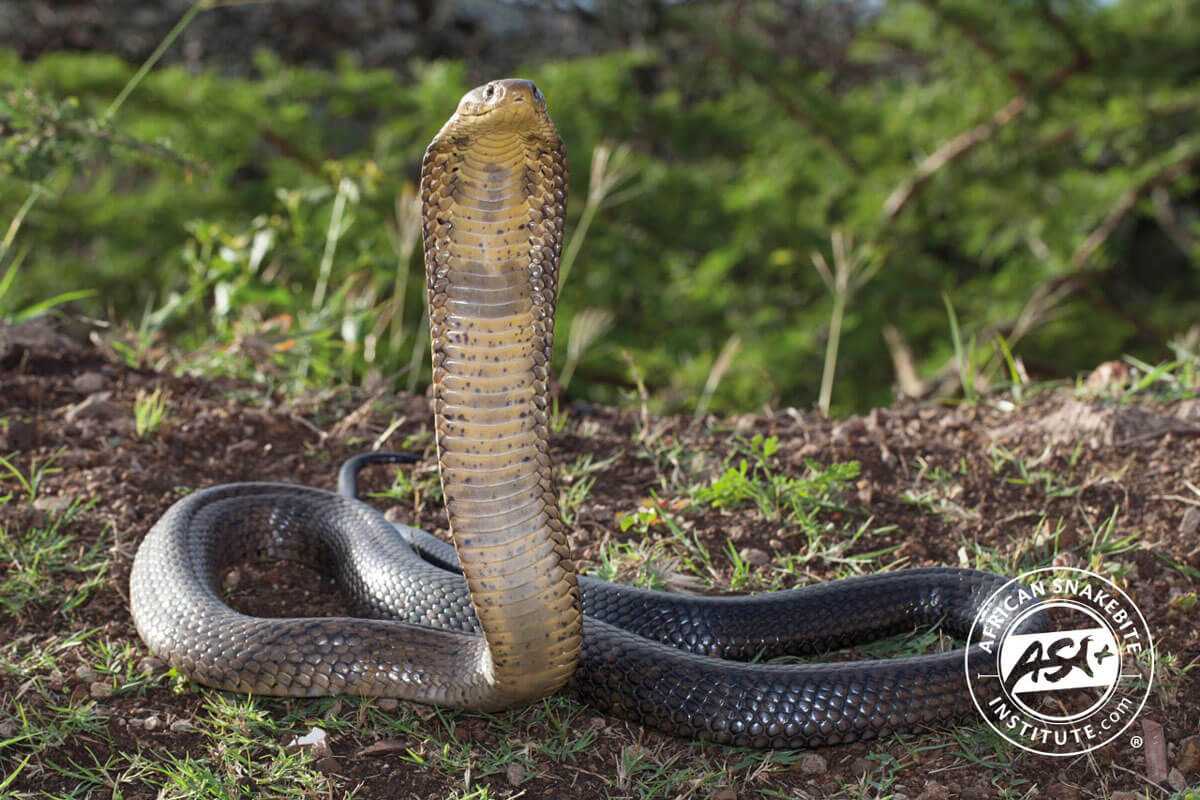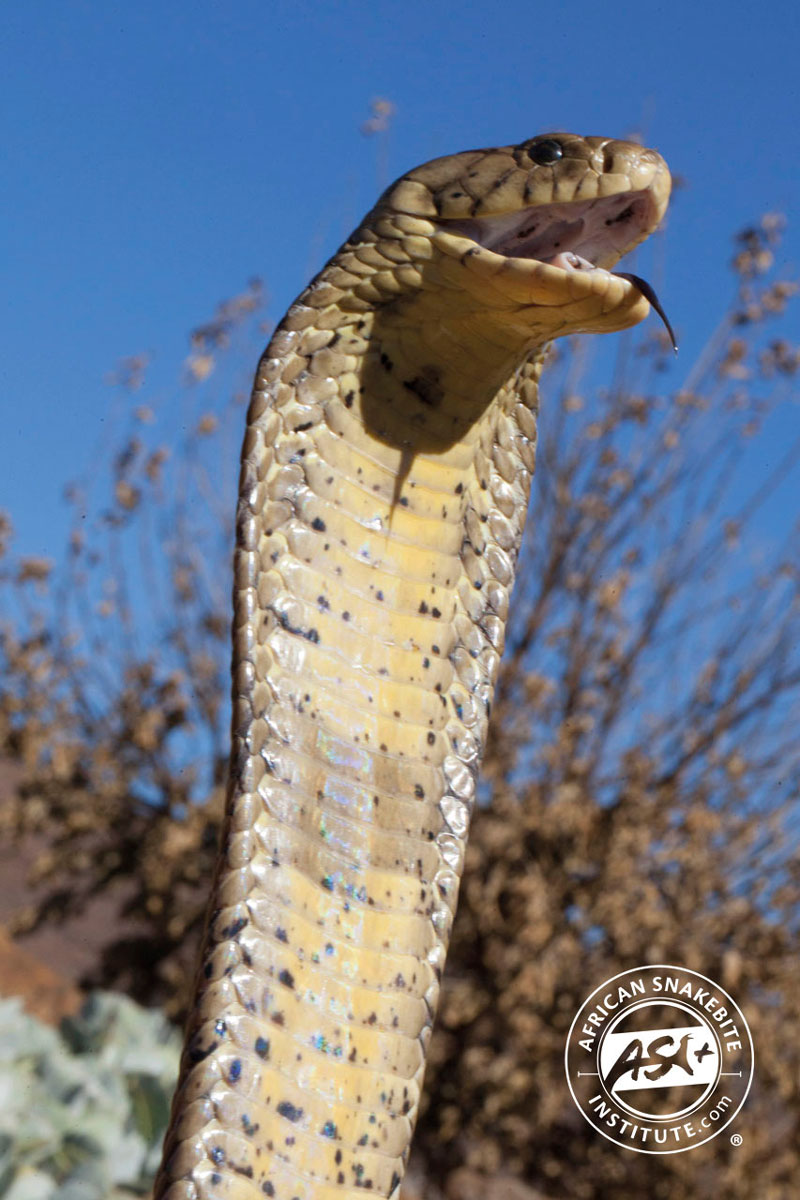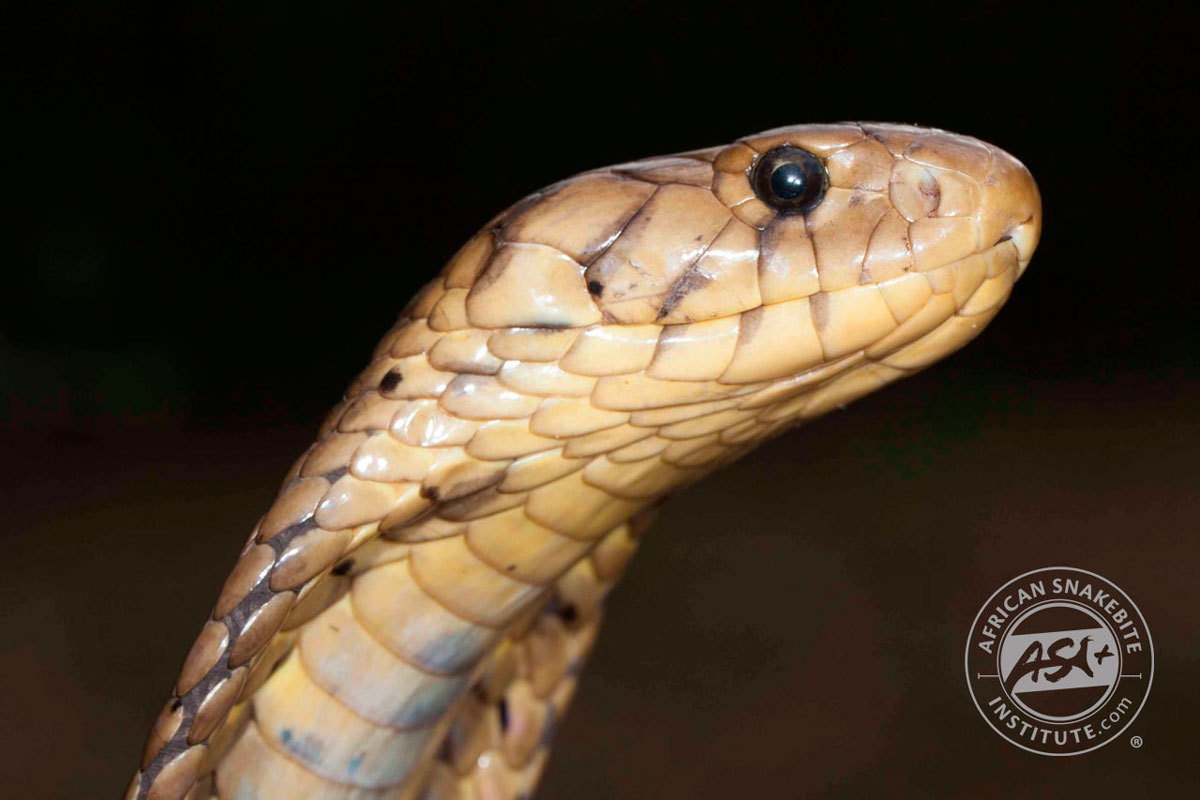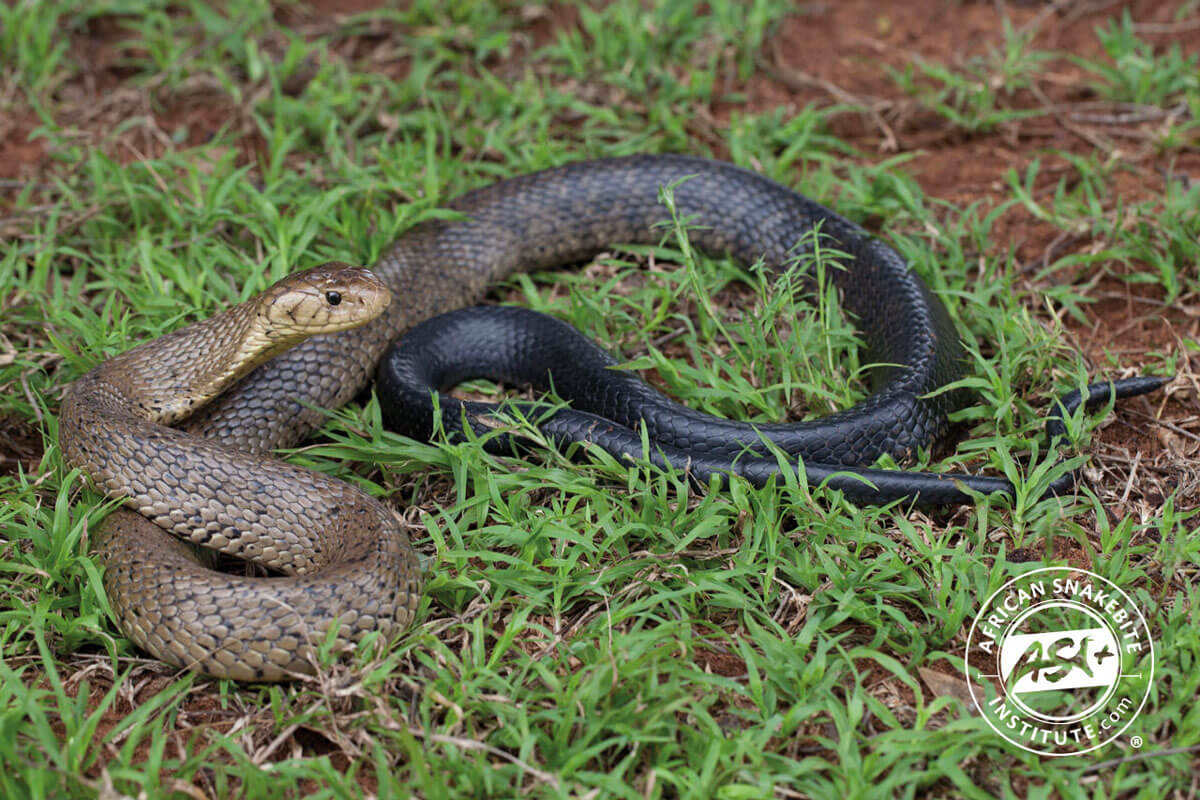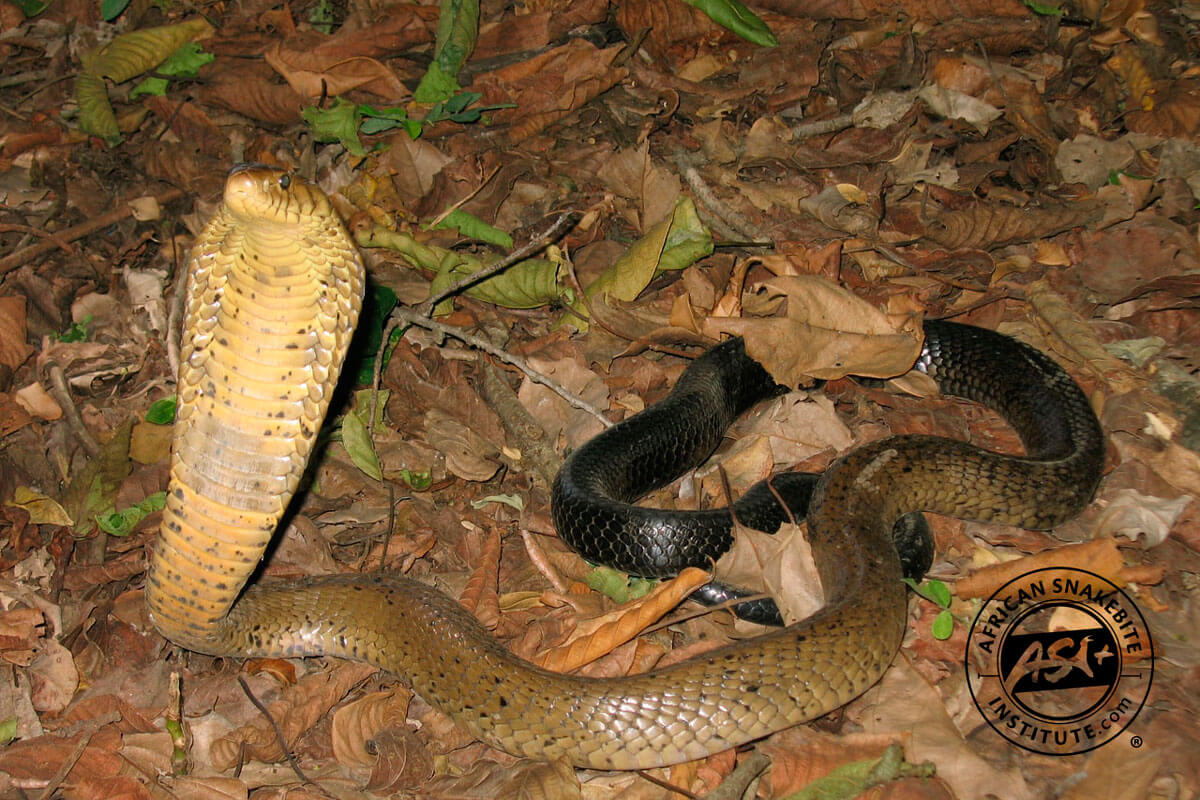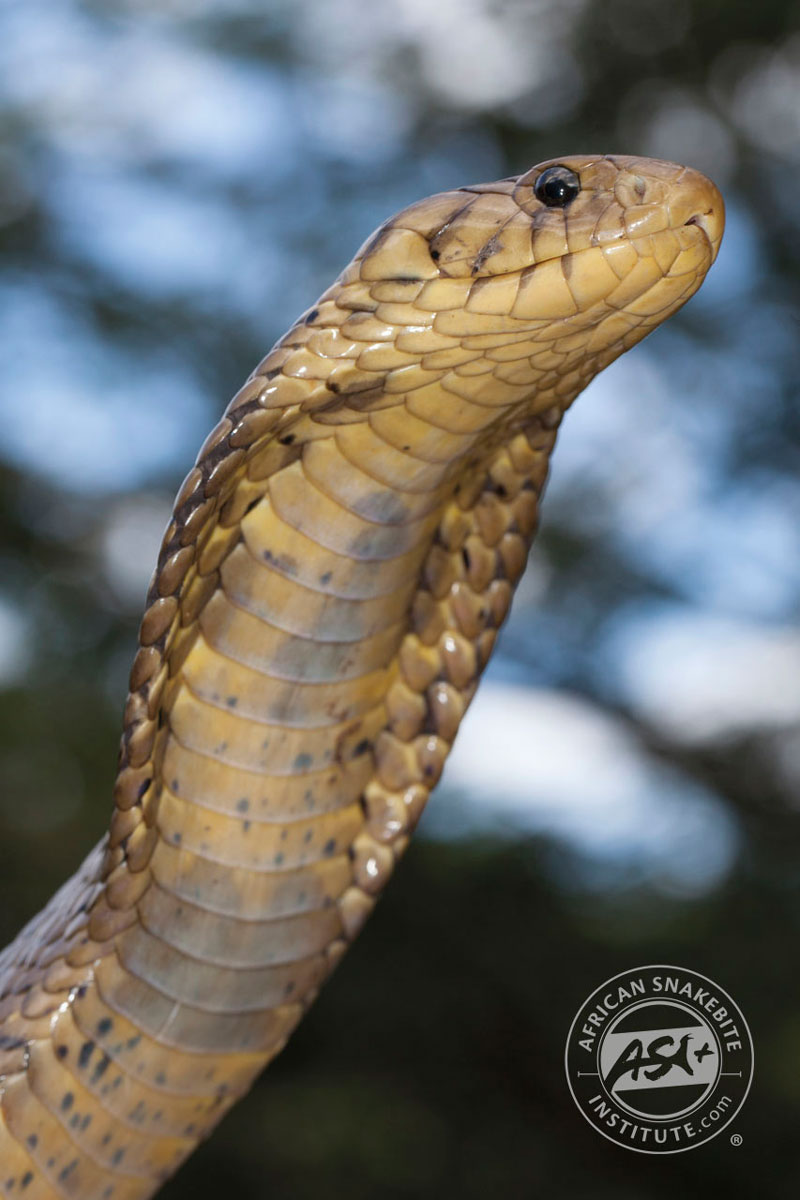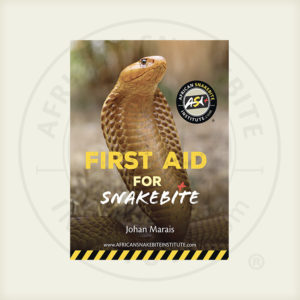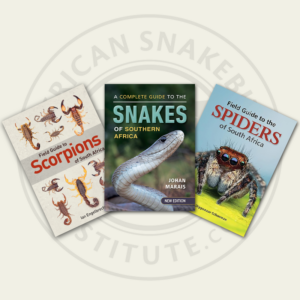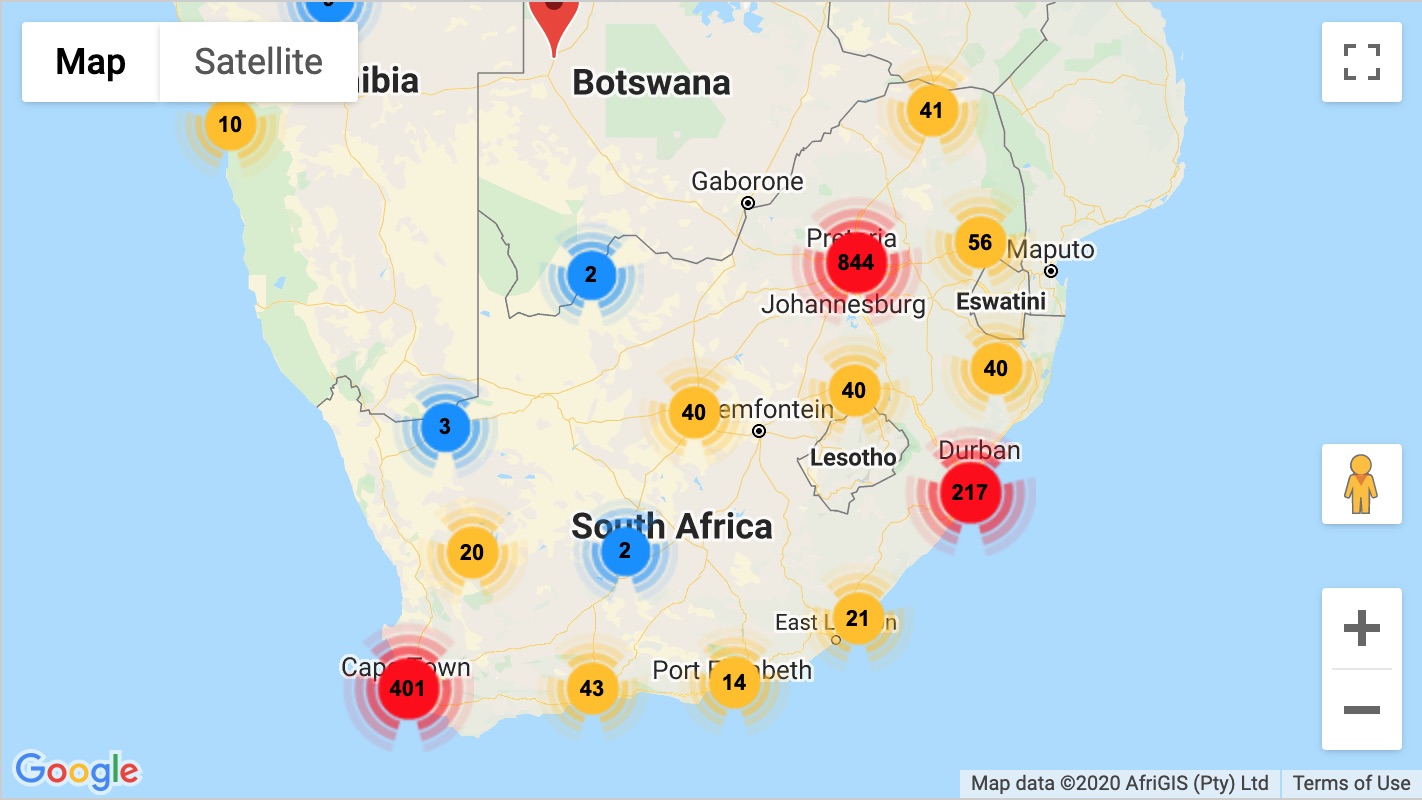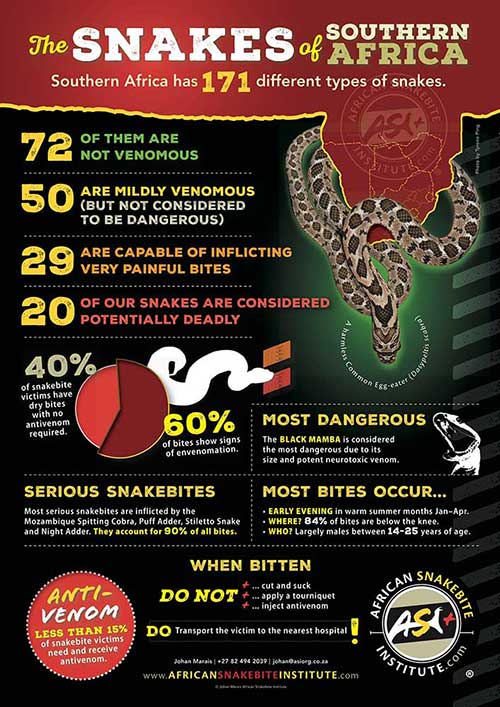This is our largest cobra species and may exceed 2.7 m in length. Adults are a light to medium shiny brown that darkens, becoming black towards the tail. The Brown Forest Cobra is active both during the day and night and favours dense bush where it hunts for small mammals, birds, frogs and other snakes. It is extremely shy and quick to escape – bites are rare.
Full Name: Brown Forest Cobra (Naja subfulva)
Other Names: Boskobra
Classification: HIGHLY VENOMOUS
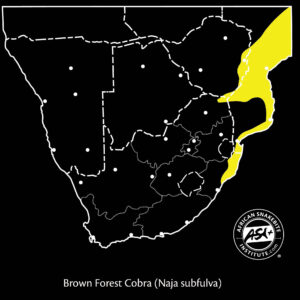
This is our largest cobra species and may exceed 2.7 m in length. Adults are a light to medium shiny brown that darkens, becoming black towards the tail. The Brown Forest Cobra is active both during the day and night and favours dense bush where it hunts for small mammals, birds, frogs and other snakes. It is extremely shy and quick to escape – bites are rare.
When cornered it will lift its head well off the ground and spread a narrow hood. It occurs from Ballito in KZN northwards into Mozambique and elsewhere further north. It has recently been found in the northern Kruger National Park and extreme eastern Soutpansberg. Forest Cobra venom is potently neurotoxic and cytotoxic. Polyvalent antivenom is effective.
